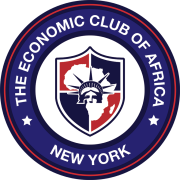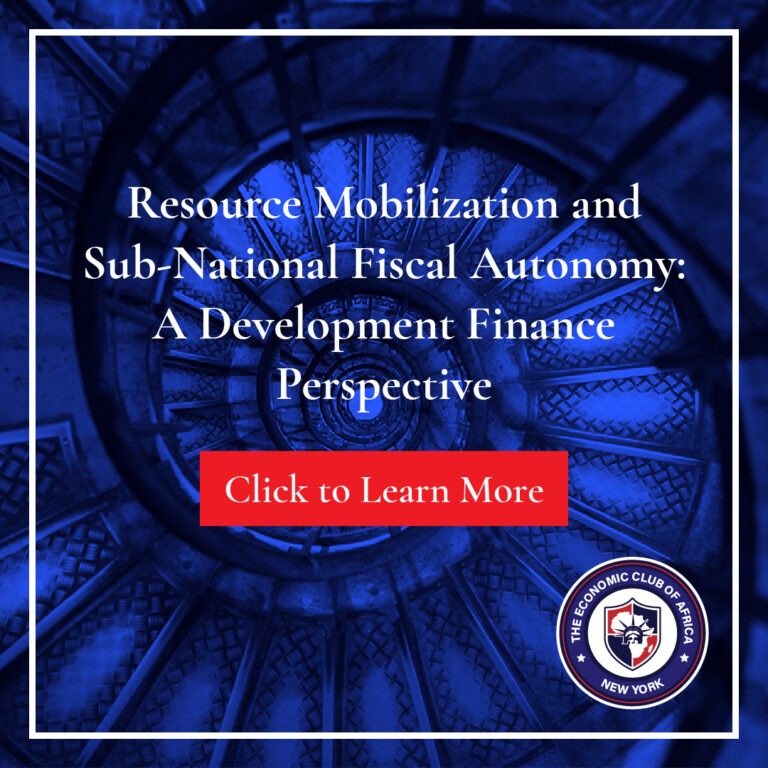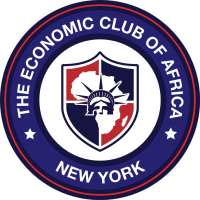Among other things, the 2015 Financing for Development conference in Addis Ababa revolutionized the development finance space by including a framework aimed at scaling-up international cooperation to strengthen capacities of sub-national governments to leverage blended finance across key development sectors. Such recognition of the critical development gap in sub-national development finance, especially in the context of fiscally decentralized federations, has major implications. Not only for external financing from bilateral and multilateral sources, but also for domestic resource mobilization in local and regional contexts. The COVID-19 pandemic has disrupted global value chains and caused unprecedented damage to economic and health care systems, resulting in a fiscal squeeze in many jurisdictions. Unfortunately, Africa’s pre-pandemic economy was bedevilled by many challenges. To the extent that building a more resilient economy after COVID-19 is crucial, it is important to rethink current development financing frameworks to incorporate other non-traditional financing tools and mechanisms. Public-private partnerships (PPPs) fall in this category. To achieve the Sustainable Development Goals (SDGs), not only are PPPs important for addressing financing gaps in physical and digital infrastructures like bridges, roads, power generation and broadband, but they are also vital for several components of soft infrastructure like education, health, and other social services.


